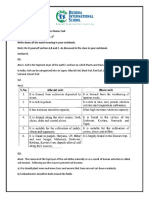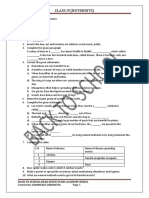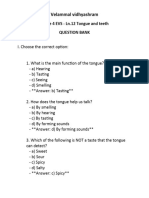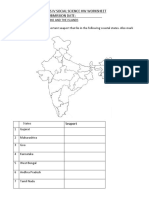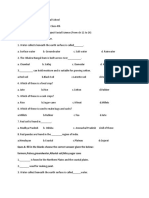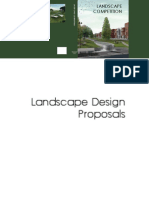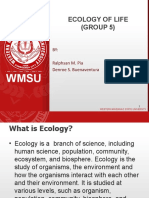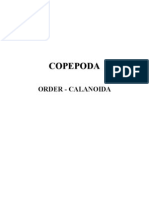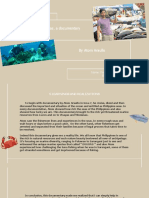100% found this document useful (1 vote)
3K views4 pagesClass 4 Science Question Paper
ch 9 and 10
Uploaded by
pawank6861Copyright
© © All Rights Reserved
We take content rights seriously. If you suspect this is your content, claim it here.
Available Formats
Download as DOCX, PDF, TXT or read online on Scribd
100% found this document useful (1 vote)
3K views4 pagesClass 4 Science Question Paper
ch 9 and 10
Uploaded by
pawank6861Copyright
© © All Rights Reserved
We take content rights seriously. If you suspect this is your content, claim it here.
Available Formats
Download as DOCX, PDF, TXT or read online on Scribd
/ 4






















